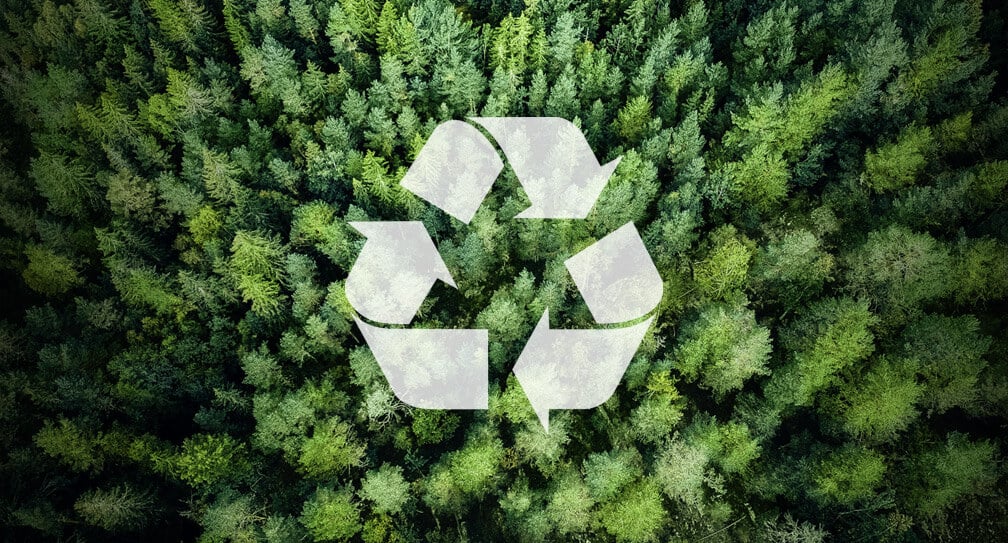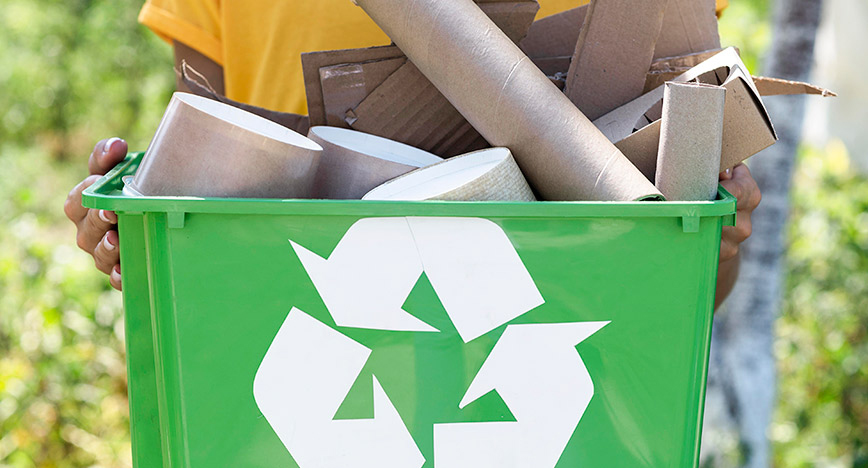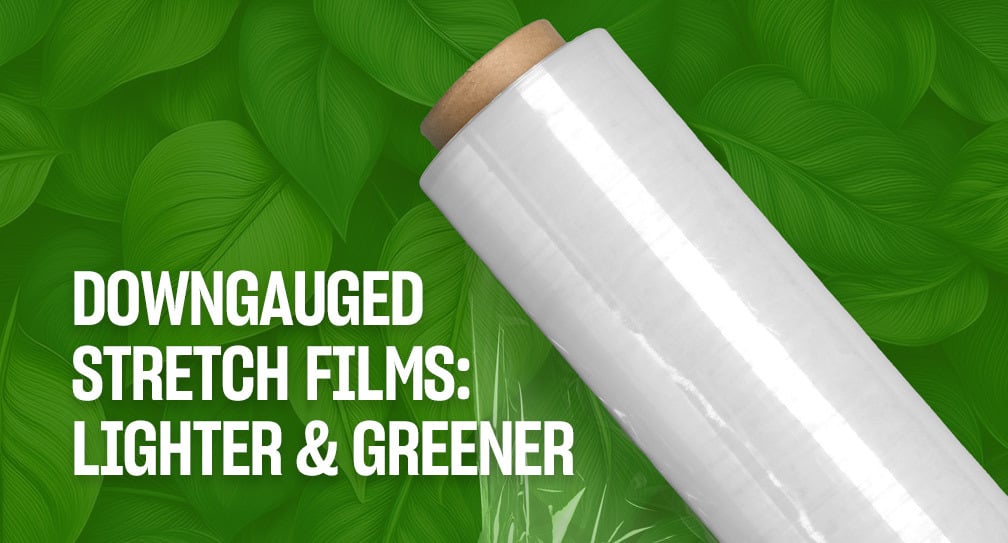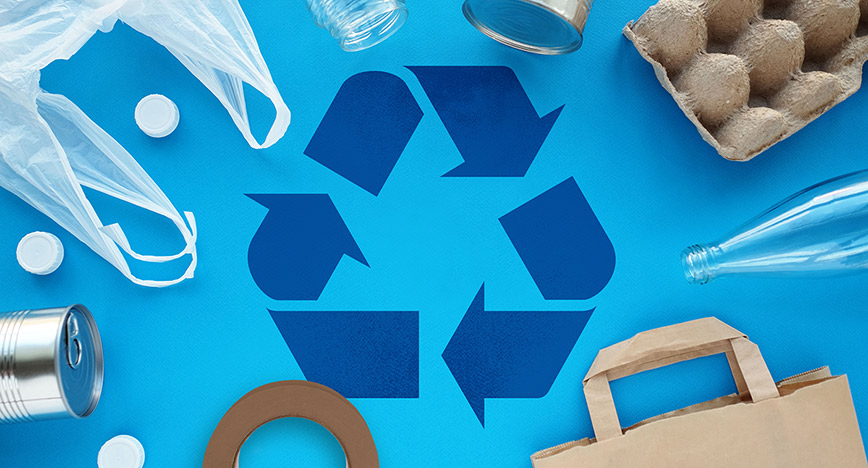 As sustainability becomes a global priority, businesses are increasingly expected to take responsibility for the environmental impact of their products. One key concept that has emerged in this effort is Extended Producer Responsibility (EPR). EPR is a policy approach that shifts the responsibility for the disposal and recycling of products from consumers and municipalities to the manufacturers and producers. By doing so, EPR promotes a more sustainable and circular economy, encouraging companies to design products that are easier to recycle and have less environmental impact.
As sustainability becomes a global priority, businesses are increasingly expected to take responsibility for the environmental impact of their products. One key concept that has emerged in this effort is Extended Producer Responsibility (EPR). EPR is a policy approach that shifts the responsibility for the disposal and recycling of products from consumers and municipalities to the manufacturers and producers. By doing so, EPR promotes a more sustainable and circular economy, encouraging companies to design products that are easier to recycle and have less environmental impact.
What is Extended Producer Responsibility?
Extended Producer Responsibility (EPR) is a regulatory framework that holds producers accountable for the entire lifecycle of their products, especially at the end-of-life stage. This means manufacturers are responsible not only for the design and production of their goods but also for the collection, recycling, and disposal of those goods after consumers have used them. The goal is to reduce waste, minimize environmental damage, and ensure products are reused or recycled rather than sent to landfills.
Why EPR Matters for Packaging Manufacturers?
For packaging manufacturers, EPR represents both a challenge and an opportunity. Traditional packaging materials like plastics and single-use items often end up in landfills or oceans, contributing to global pollution. EPR regulations incentivize producers to rethink packaging design, focusing on recyclability, reusability, and the use of sustainable materials. By doing so, companies can reduce their environmental footprint and comply with emerging regulations aimed at cutting down waste.
Many countries are already implementing EPR programs, requiring businesses to collect and recycle a percentage of the packaging they produce. Companies that fail to meet these requirements may face penalties, while those that embrace EPR can gain a competitive edge by demonstrating their commitment to sustainability.
How EPR Drives Innovation in Sustainable Packaging
 EPR policies are driving innovation in the packaging industry by pushing companies to find creative solutions to reduce waste. This can involve designing packaging that uses fewer materials, is easier to recycle, or can be reused in different ways. At IPG, we are committed to providing sustainable packaging solutions that align with EPR principles. Our focus on water-activated tape, recyclable materials, and environmentally friendly alternatives reflects our dedication to supporting a circular economy.
EPR policies are driving innovation in the packaging industry by pushing companies to find creative solutions to reduce waste. This can involve designing packaging that uses fewer materials, is easier to recycle, or can be reused in different ways. At IPG, we are committed to providing sustainable packaging solutions that align with EPR principles. Our focus on water-activated tape, recyclable materials, and environmentally friendly alternatives reflects our dedication to supporting a circular economy.
In addition to creating eco-friendly packaging products, EPR encourages businesses to engage with consumers about responsible disposal practices, ensuring that packaging is properly recycled or reused.
The Future of EPR and Sustainable Packaging
 As more governments adopt EPR legislation, the packaging industry will continue to evolve. Forward-thinking companies are already investing in research and development to create packaging that minimizes environmental harm while maintaining functionality and durability. At IPG, we are committed to leading this transformation by offering products that meet the demands of sustainability and regulatory compliance.
As more governments adopt EPR legislation, the packaging industry will continue to evolve. Forward-thinking companies are already investing in research and development to create packaging that minimizes environmental harm while maintaining functionality and durability. At IPG, we are committed to leading this transformation by offering products that meet the demands of sustainability and regulatory compliance.
EPR not only benefits the environment but also helps businesses stay ahead of regulatory changes, reduces waste management costs, and fosters a positive brand image in an increasingly eco-conscious market.
Conclusion
Extended Producer Responsibility is reshaping the packaging landscape, driving innovation and sustainability. By holding producers accountable for the end-of-life management of their products, EPR encourages the development of more environmentally friendly packaging solutions. As the demand for sustainable practices grows, itape.com remains at the forefront, offering products that help businesses meet their EPR obligations while contributing to a greener future.
Explore our sustainable packaging solutions to learn more about how we’re leading the way toward a more eco-friendly future.




